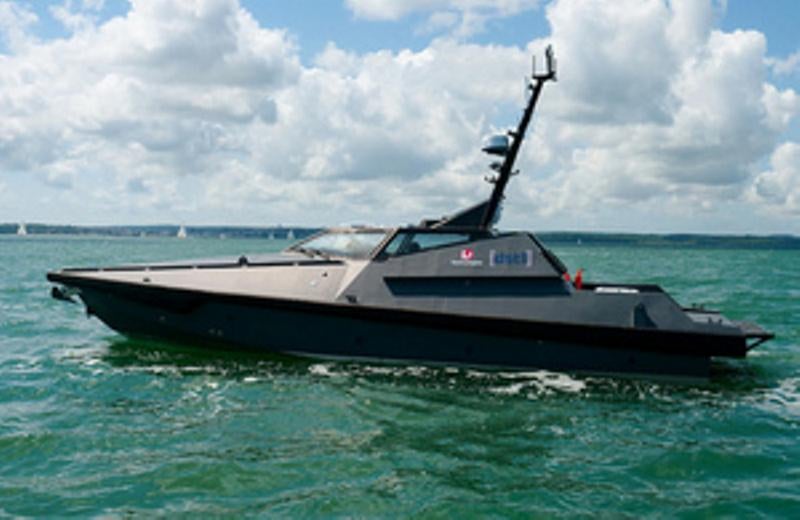
The British Ministry of Defence (MoD) has unveiled a next-generation unmanned system, known as MAST-13, for the protection of the Royal Navy’s future ships from potential threats.
MAST-13 is a 13m-long unmanned system that operates as a water-borne drone to identify mines and other threats.
The platform can be controlled remotely from a rig and has the ability to operate alongside a naval task force and collect intelligence related to enemy vessels.
MAST-13 was unveiled at the Defence and Security Equipment International (DSEI) conference in London as part of the Maritime Autonomy Surface Testbed (MAST) 13.
It demonstrated the capability to safeguard the Royal Navy’s Type 23 frigate HMS Argyll in a harbour force protection.
As part of the demonstration, which was performed in the presence of UK Defence Secretary Ben Wallace, MAST-13 searched for potential threats and sent the information to the frigate.
The system was attached to the navy’s BAE Systems-built Pacific 24 (PAC24) rigid inflatable boat.
Wallace said: “MAST-13 is pioneering the future of unmanned surface vehicles for our world-leading navy. The development of unmanned technology is vital for success in modern warfare, going beyond the capability of traditional ships to attack and defend in uncertain environments.
“As more advanced technology and new threats continue to evolve, collaborative technology development ensures we are constantly pushing the boundaries to give our armed forces the best capabilities possible.”
The MAST-13 programme is developed under a partnership between the MoD’s Defence Science and Technology Laboratory (Dstl) and technology firm L3Harris.
The programme is intended to increase understanding of the use of unmanned surface vehicles (USVs) in defence applications.
The USVs could operate beyond the visual line of sight to support naval operations.



